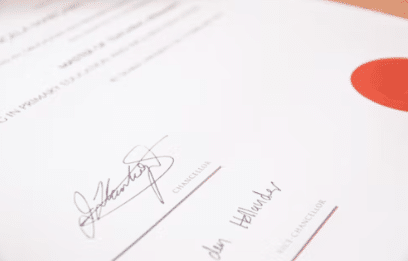Australians are increasingly looking for strategies that do more than just transfer wealth—they want to safeguard assets for their children and grandchildren. Enter the dynasty trust: a legal structure that’s gaining traction beyond the traditional sphere of high-net-worth families. With 2025’s updates to trust taxation and estate laws, dynasty trusts are more relevant—and accessible—than ever before.
What is a Dynasty Trust?
A dynasty trust is a long-term trust designed to hold and protect assets for multiple generations. Unlike conventional family trusts, which often have a fixed vesting period (such as 80 years), dynasty trusts aim to stretch the benefits far into the future, sometimes indefinitely, depending on jurisdiction. In Australia, recent state reforms have extended (or even abolished) the traditional perpetuity period, making dynasty trusts more attractive for those focused on long-term legacy planning.
- Asset Protection: Shield family wealth from creditors, divorce settlements, and spendthrift beneficiaries.
- Tax Efficiency: Potentially reduce or defer taxes by distributing income to beneficiaries in lower tax brackets.
- Control: Set specific rules for how and when assets are distributed over generations.
For example, a Melbourne family recently established a dynasty trust to hold their commercial property portfolio. By doing so, they ensured that rental income could support grandchildren’s education while keeping the properties safe from individual mismanagement.
2025 Policy Changes: What’s New for Dynasty Trusts?
This year, several states—most notably New South Wales and Victoria—have implemented changes to trust law, directly impacting dynasty trust planning:
- Perpetuity Period Reform: In 2025, NSW officially abolished the 80-year rule for new discretionary trusts. Victoria increased its perpetuity period to 125 years. This means newly created trusts can last longer, or even indefinitely in NSW, offering more flexibility for long-term wealth preservation.
- Updated Tax Compliance: The Australian Taxation Office (ATO) has issued new guidance on trust distributions to prevent ‘income streaming’ abuses. Trustees now face stricter reporting requirements and must provide more transparency about beneficiaries and income allocations.
- Foreign Beneficiary Surcharge: If a dynasty trust includes non-resident beneficiaries, it may trigger additional land tax or stamp duty surcharges in some states. For families with international ties, careful structuring is essential in 2025 to avoid unintended tax consequences.
These developments make it easier—and safer—for Australian families to set up multigenerational trusts, but also increase the need for careful compliance and professional advice.
Who Should Consider a Dynasty Trust?
While dynasty trusts have long been associated with ultra-wealthy families, they’re becoming a practical tool for a broader range of Australians. You might consider a dynasty trust if you:
- Own a family business or significant real estate portfolio
- Want to ensure your children and grandchildren benefit from your assets, even if their circumstances change
- Are concerned about potential risks like divorce, bankruptcy, or irresponsible spending among future generations
- Have family members with disabilities who will need long-term financial support
For example, a Queensland couple with a blended family used a dynasty trust to balance support for their children from previous marriages, ensuring fairness and clarity about who receives what—now and in decades to come.
Setting Up a Dynasty Trust: Key Considerations
- Jurisdiction: Where you establish your trust matters—NSW offers the most flexible rules in 2025, but each state’s laws are different.
- Trustee Selection: Choose a trustee (or trustee company) with experience, as they’ll be managing the trust for generations.
- Clear Rules: Spell out the distribution policy, dispute resolution mechanisms, and criteria for adding or removing beneficiaries.
- Regular Reviews: Laws change, and so do family circumstances. Schedule periodic trust reviews to keep your structure current and effective.
Costs to set up a dynasty trust in 2025 typically range from $5,000–$15,000, depending on complexity and professional fees. Ongoing management also incurs annual costs, so it’s vital to weigh the benefits against the administrative burden.
Conclusion
Dynasty trusts are no longer just for Australia’s elite. With 2025’s legal reforms, they offer a powerful way for families to preserve wealth, protect assets, and provide for generations. If you’re serious about long-term legacy planning, it’s worth exploring whether a dynasty trust fits your family’s needs and goals.
